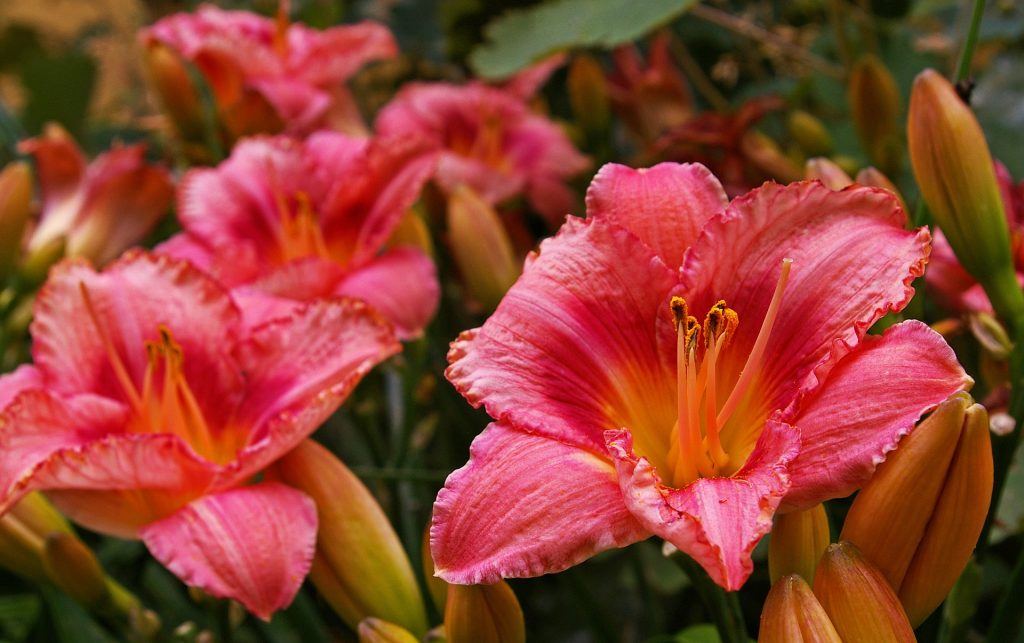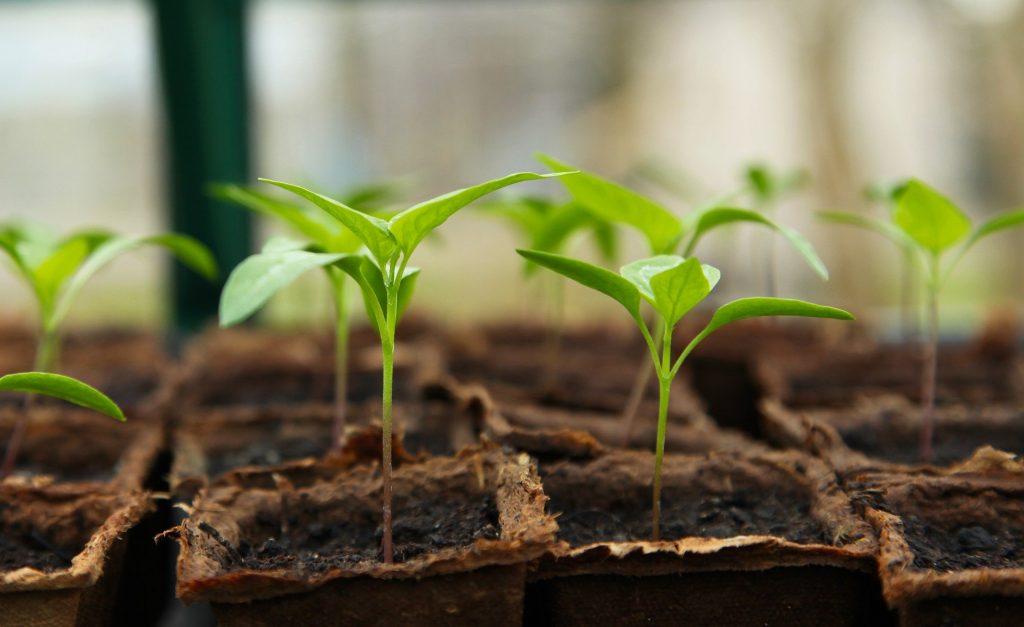
Creating a perennial garden is an investment in years of summer flowers. You don’t have to have a green thumb to enjoy our carefree, easy to grow, daylily collection.
You can change a previously unused area into a stunning collection of color. Consider planting daylilies on a slope that is too difficult to mow, or to beautify the foundation of your house, or simply a roadside planting. The daylily will flourish almost anywhere you choose to plant them.
Daylilies thrive almost anywhere and they multiply and spread. They can be used as erosion protection or ground cover. They require minimum care yet they bloom year after year. Because of their durability and low maintenance qualities, daylilies are very desirable in public and commercial landscaping.
Within our website you will see more colors and varieties of daylilies than you would see if you visited every store and garden center in your area. Our daylilies are premium hybrids that have been carefully cultivated from parents with such desirable qualities as long blooming time and large colorful flowers.
Pricing
We are offering these premium daylilies as mixed varieties. That is why we are selling them at this especially reasonable price. If these same daylilies were to be sold as named varieties their prices would range from $15.00 to $50.00 or more. In an effort to keep things simple we have decided to choose plans randomly and sell them all at $6.36 dollars each. Order more than one and we will choose a collection of different colors and styles for you. As a bonus we will ship them for free with an order of $200.00 or more.
Planting
Day lilies can be planted from Spring until late August. Plant them about two feet apart. They will spread and multiply and surprise you every year with new additions.
Complete instructions on how to plant them will be included with every order.
Day lilies are really suitable for any kind of landscape. They are drought resistant, disease and insect free, thrive in full to partial shade, and in most garden soils, and they multiply and spread. Brightening your landscape doesn’t get easier! That is why day lilies have been called the perfect perennial.

